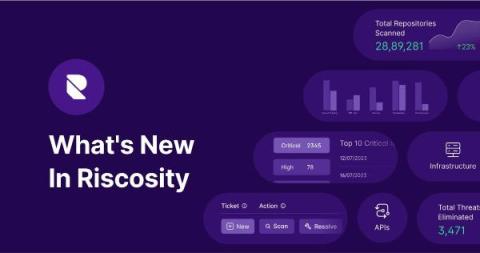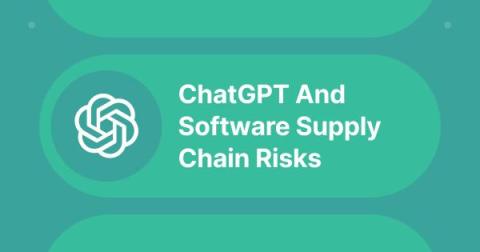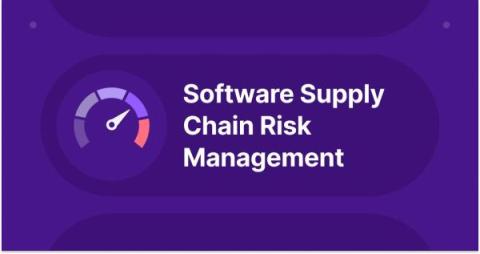What's new in Riscosity: October
Custom Descriptions Teams can now design custom descriptions to provide context as to why a finding was ignored, resolved or marked as false positive. Previously, teams were provided a set of out of the box options, for the common use cases. The new flow resembles a standard documentation process where canned and contextual responses are available to help scale internal communication.











